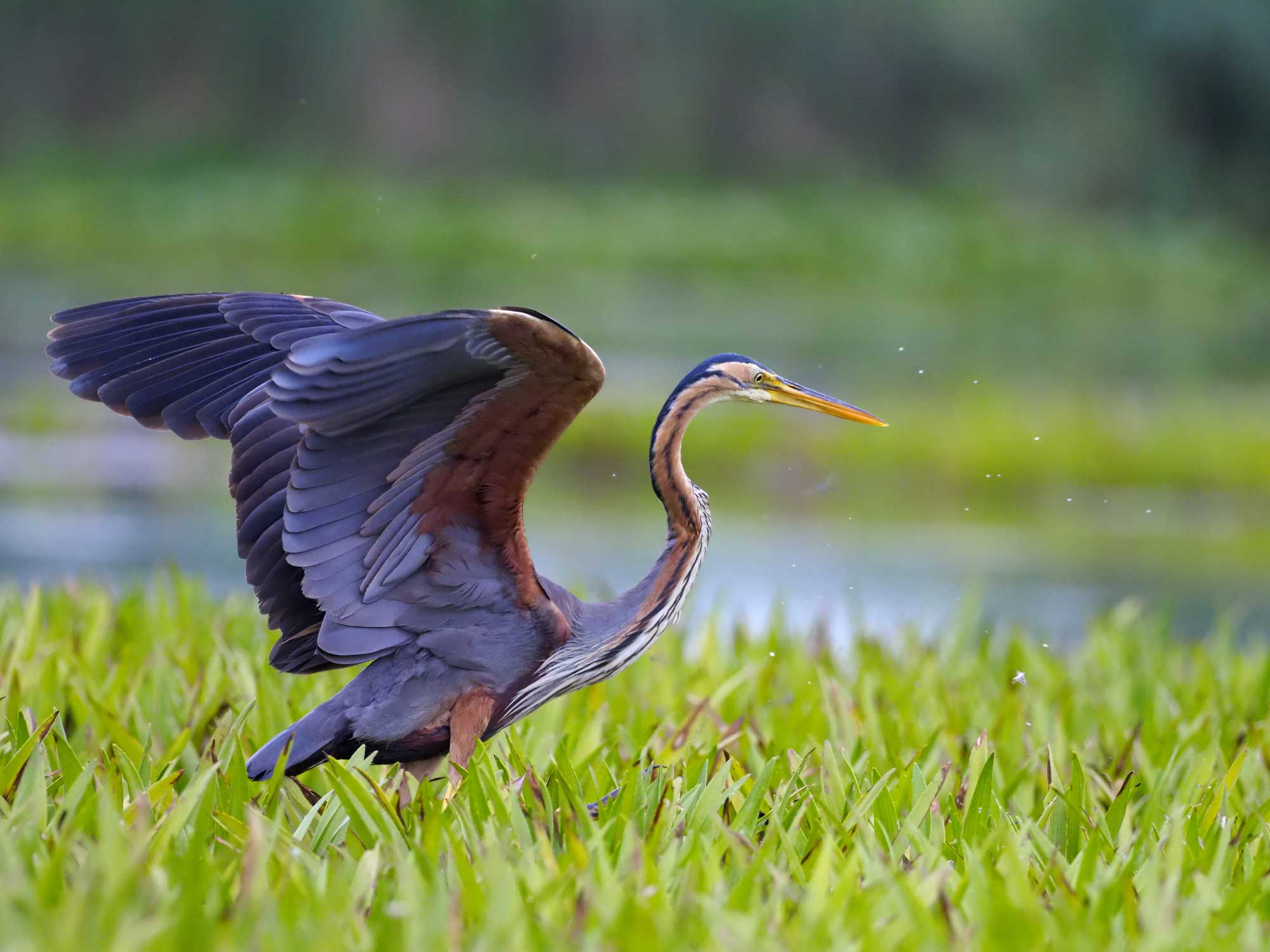Birdwatching on Kos: Paradise of Migratory Birds
As unlikely as it may seem, birdwatching is a trending pastime in many countries around the world, and even in urban environments where traffic and noise often disturb our feathery friends. Fortunately, Kos offers peace, tranquility, and a wonderful habitat for all kinds of birds. In fact, you can call it a birdwatcher’s paradise.
Birding can be a year-round pastime on the island, but it’s particularly of interest during the bird migration in spring, at the end of April until mid-May. This is the time to visit the Natura 2000 protected areas of Kos: the Alikis wetlands in Tigaki, Lake Psalidi, and Mount Dikaios. There are, of course, other relevant ecosystems like the Evros Delta, the mountains of Mastichari, Kardamena, and Paleo Pili. You can observe feathery creatures all over the island, any time you visit. Depending on the season, you may miss the opportunity to watch the flamboyance of Greater Flamingos (Phoenicopterus roseus) which can be seen in spring in at Igroviotopos Alikis.
Igroviotopos Alikis
Igroviotopos Alikis is a stop for migratory birds going to Europe and Africa. The lake is best known as a habitat for the greater flamingo, but birdwatchers can also observe other species here, including the ruddy shelducks (Tadorna ferruginea), mallards (Anas platyrhynchos), grey herons (Ardea cinereal), little egrets (Egretta garzetta), lesser kestrels (Falco naumanni), common kestrels (Falco tinnunculus), red-footed falcons (Falco vespertinus), peregrine falcons (Falco peregrinus), spur-winged lapwings (Vanellus spinosus), and many other species – some extremely rare.
Although you can only see a flamboyance of greater flamingos offseason, birdwatchers reported occasional single-bird spotting as late as August.
Lake Psalidi
Just outside Kos town, Lake Psalidi is a Natura 2000 protected area and a breeding ground for migratory birds as well. You can observe flamboyance of greater flamingos here too, as well as rare ducks and species such as purple herons (Ardea purpurea), western yellow wagtails (Motacilla flava), red-throated pipits (Anthus cervinus), willow sparrows (Passer hispaniolensis), ruddy shelducks (Tadorna ferruginea), and long-legged buzzards (Buteo rufinus) among many others.
Besides being Natura 2000 protected areas, both Lake Psalidi and Alikis also have scientific, educational, and recreational value.
Mount Dikaios
The third Natura 2000 protected site on Kos, Mount Dikaios is a habitat for buzzards and falcons. Among the most fascinating species to observe at this site, be on the lookout for short-toed snake eagles (Circaetus gallicu), common kestrels (Falco tinnunculus), northern ravens (Corvus corax), coal tits (Periparus ater) and great tits (Parus major), subalpine warblers (Sylvia cantillans), common blackbirds (Turdus merula), northern wheatears (Oenanthe Oenanthe), blue rock thrush (Monticola solitarius), European serins (Serinus serinus), and common chaffinches (Fringilla coelebs) to mention but a few.
These three Natura 2000 sites are ideal birdwatching spots because they boast the most significant protected bird habitats on the island, but you can always observe feathery friends in groves and vineyards, on secluded beaches and in the countryside.
Your patience will be rewarded every season – you’ll spot a large variety of birds – and you will also enjoy the sights, authentic Koan lifestyle, hospitality, and cuisine that will satisfy all your cravings.

